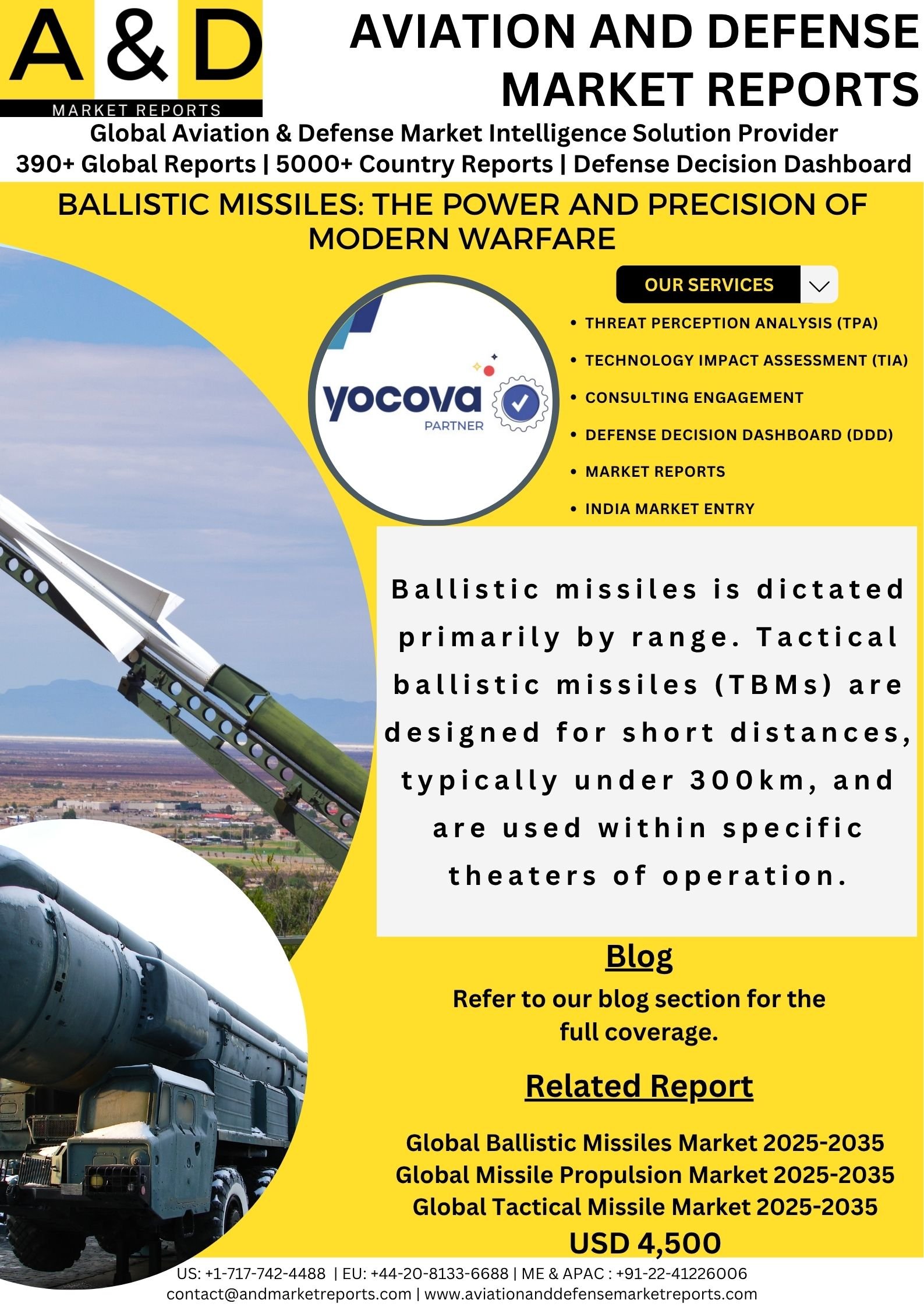1. Understanding the Unique Flight Profile
Ballistic missiles are among the most prominent and consequential inventions in modern military technology, symbolizing both the marvels and terrors of the scientific age. These projectiles differ from cruise missiles in that they travel largely unpowered, following a predetermined path shaped by gravity and momentum after their launch.
A missile is designed to deliver a payload—typically an explosive warhead—with precision and speed. After an initial powered “boost phase,” it arches high—sometimes into space—then re-enters the atmosphere toward its target. The launch phase uses powerful rocket engines, and for multi-stage missiles, each stage propels the weapon farther before it enters the midcourse phase, where it can travel vast distances and deploy decoys or multiple warheads. The terminal phase begins upon re-entry, as the missile rapidly approaches its target.
2. Classification and Capabilities -Ballistic Missiles
Ballistic missiles are categorized primarily by range: Tactical (under 300 km), Short-Range (up to 1,000 km), Medium-Range (up to 3,500 km), Intermediate-Range (up to 5,500 km), and Intercontinental (over 5,500 km). Longer-range missiles often carry nuclear warheads. Advances in guidance—from early inertial systems to modern satellite-based navigation—have greatly improved their accuracy. Solid-fuel propulsion is now favored for rapid response and reduced maintenance needs.
3. Global Proliferation and Strategic Impact in Ballistic Missiles
Launched from fixed silos, mobile platforms, ships, aircraft, or submarines, ballistic missiles have reshaped global power dynamics. Post–World War II, the US and USSR developed ICBMs, ushering in the era of mutually assured destruction. Nations such as China, India, Israel, Pakistan, and North Korea later joined the missile club, each developing indigenous systems like India’s Agni series and North Korea’s Hwasong line. This proliferation has heightened concerns over non-proliferation, missile defense, and strategic stability.
4. Future Technologies and Ethical Challenges of Ballistic Missiles
Ballistic Missile Defence (BMD) systems aim to intercept warheads at various flight phases, but innovations like MIRVs, quasi-ballistic missiles, and hypersonic glide vehicles complicate defense efforts. Hypersonics, in particular, travel at speeds above Mach 5, making interception difficult. Despite technological achievements, ballistic missiles pose moral, legal, and humanitarian dilemmas—especially regarding deterrence, escalation, and accidental launches. Arms control treaties like START and regimes like MTCR seek to limit risks, but the missile remains a powerful symbol of both human ingenuity and existential danger.
